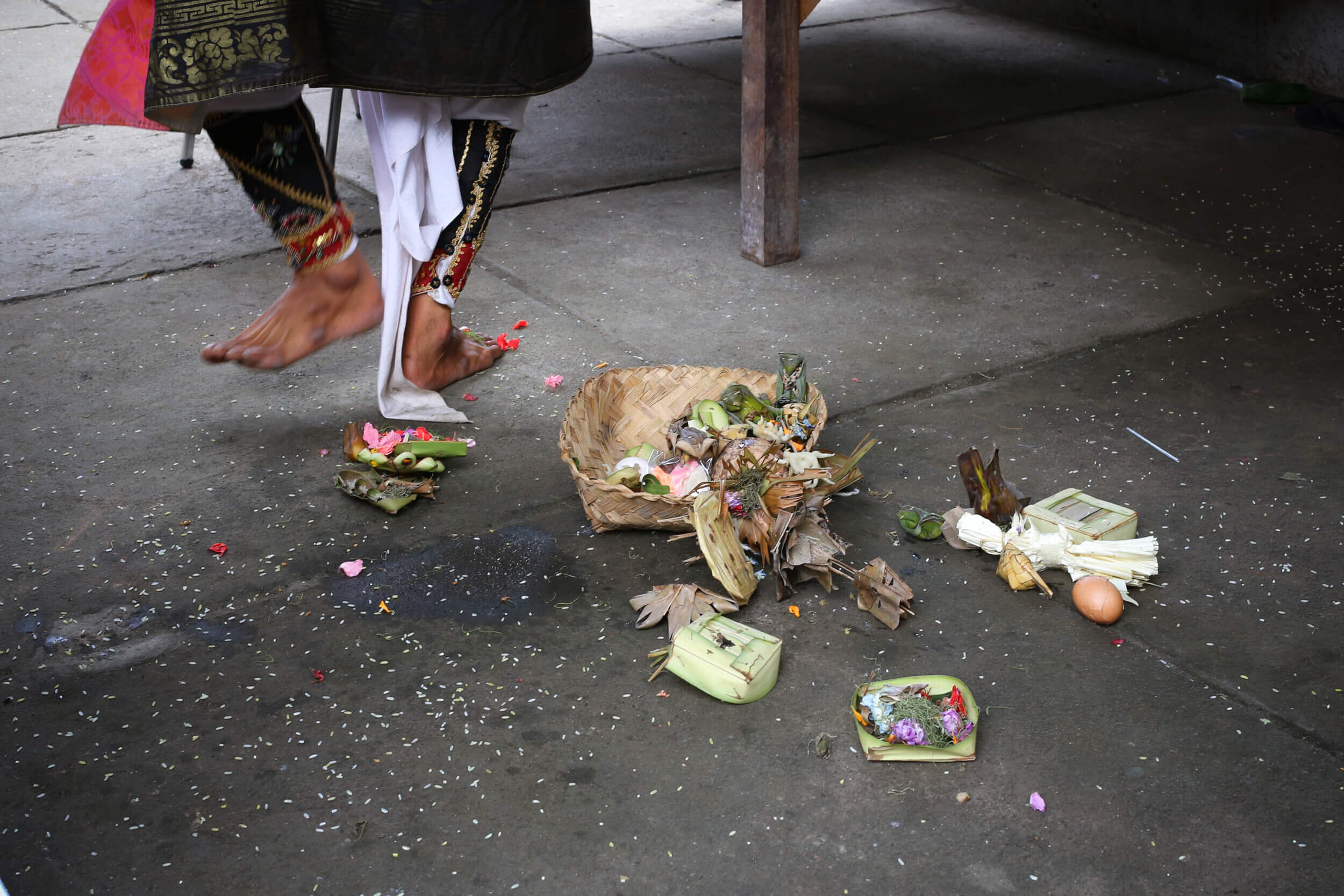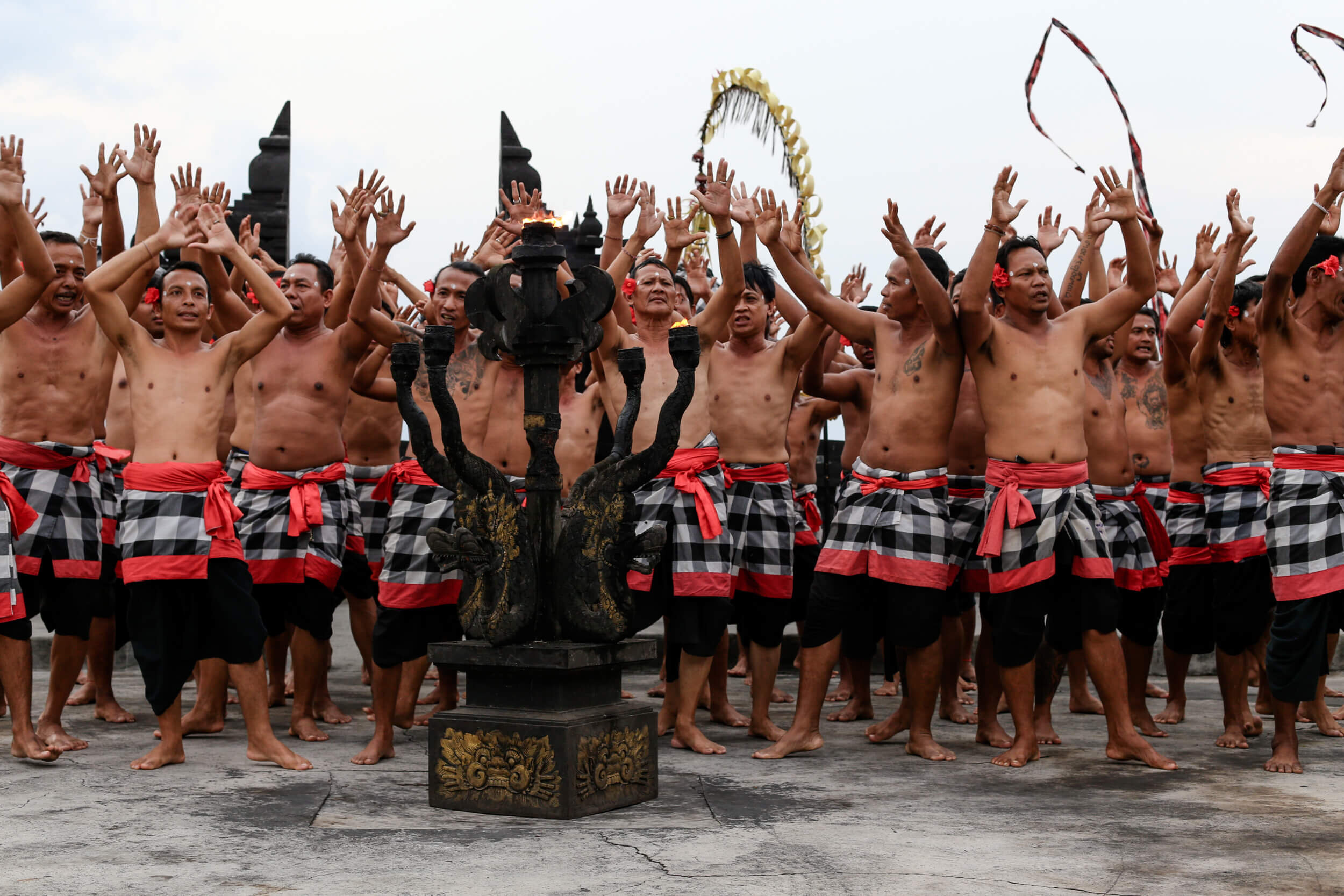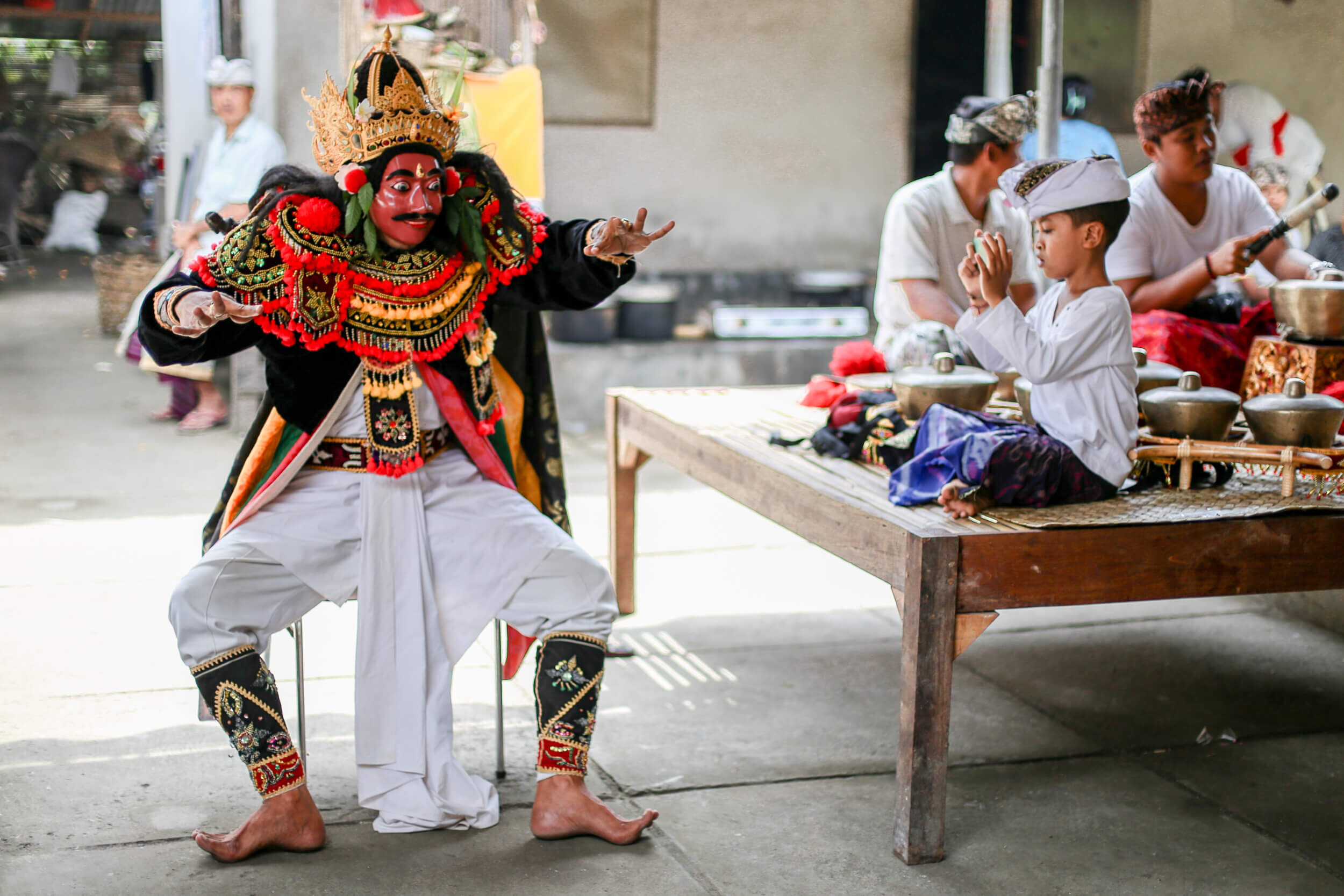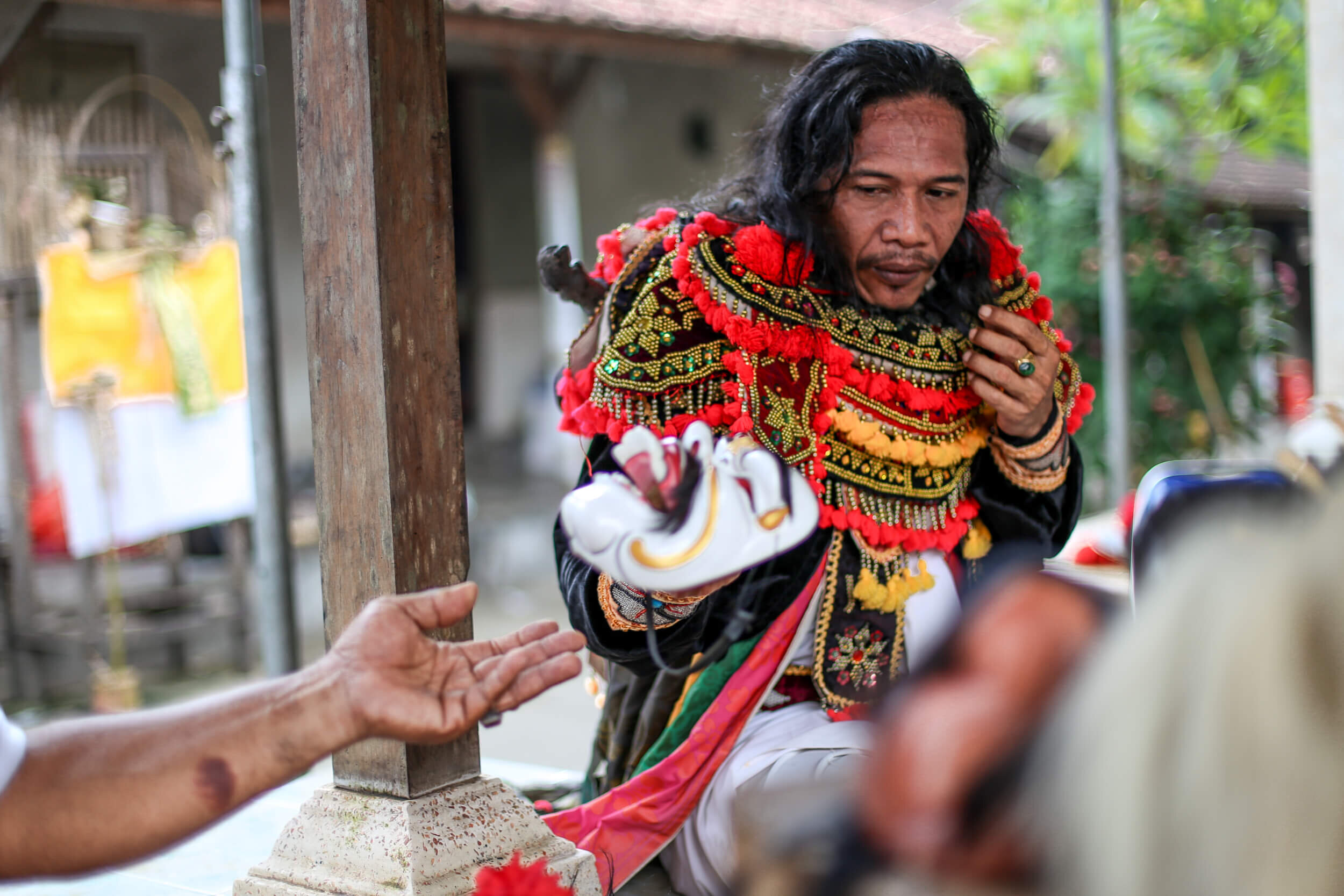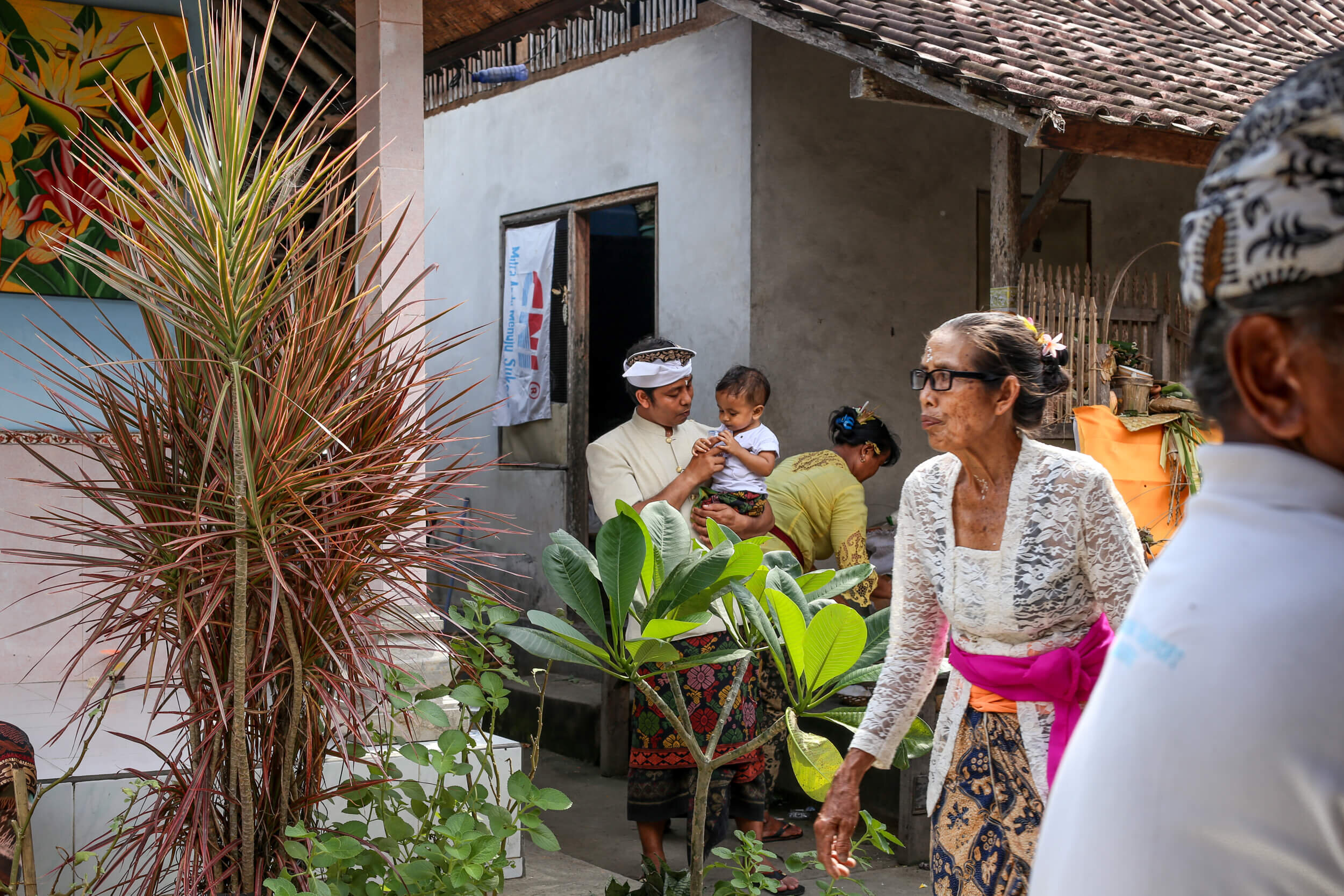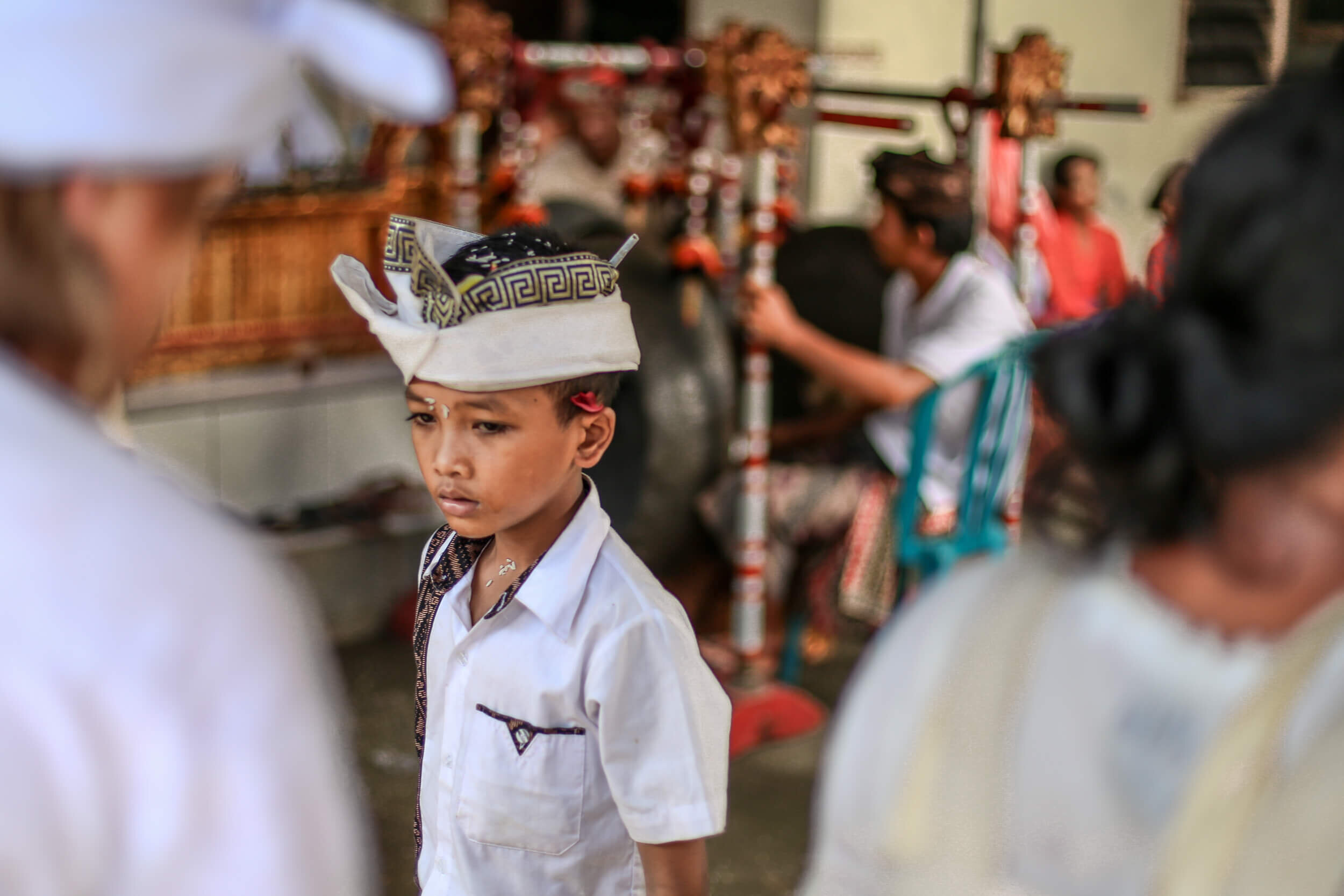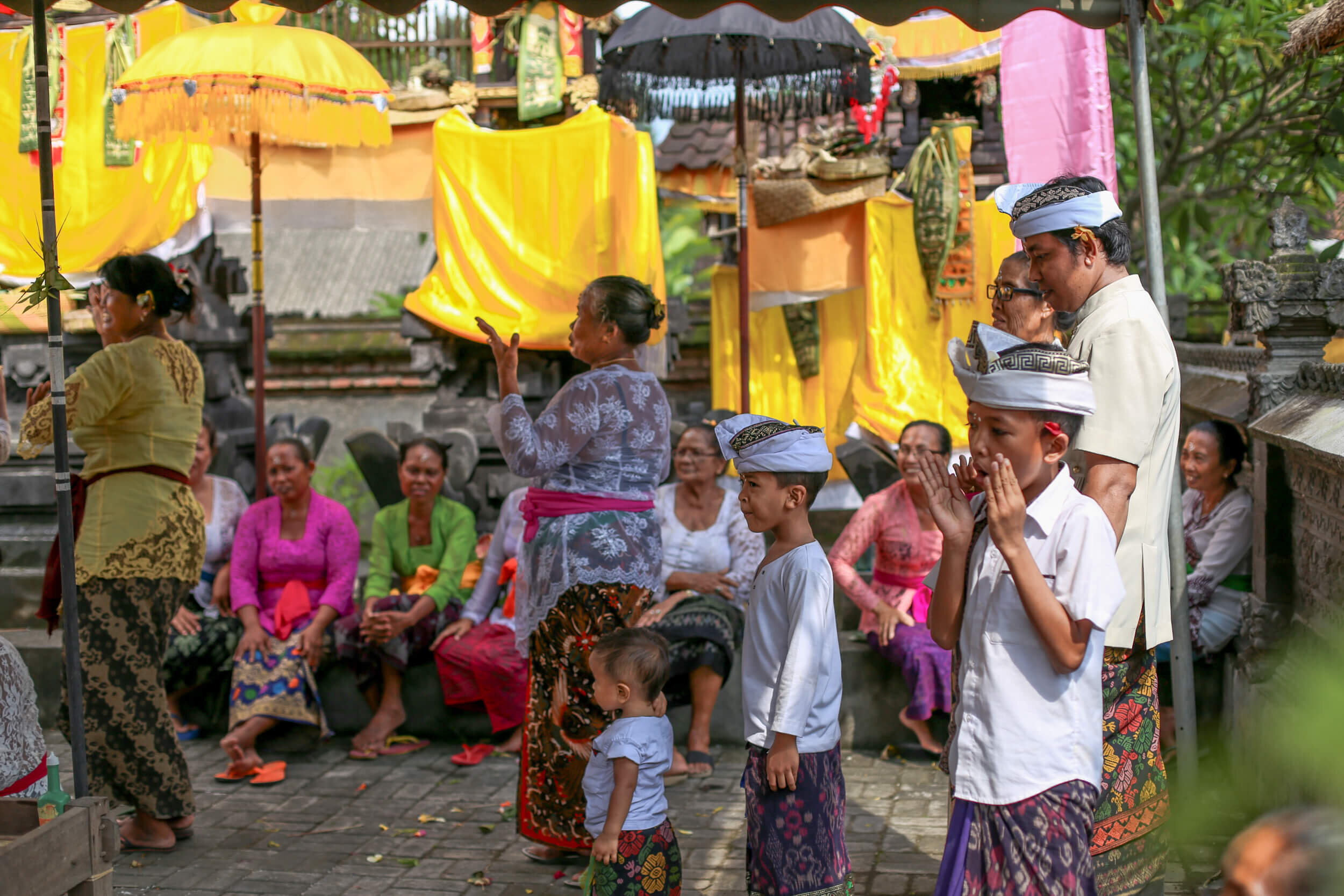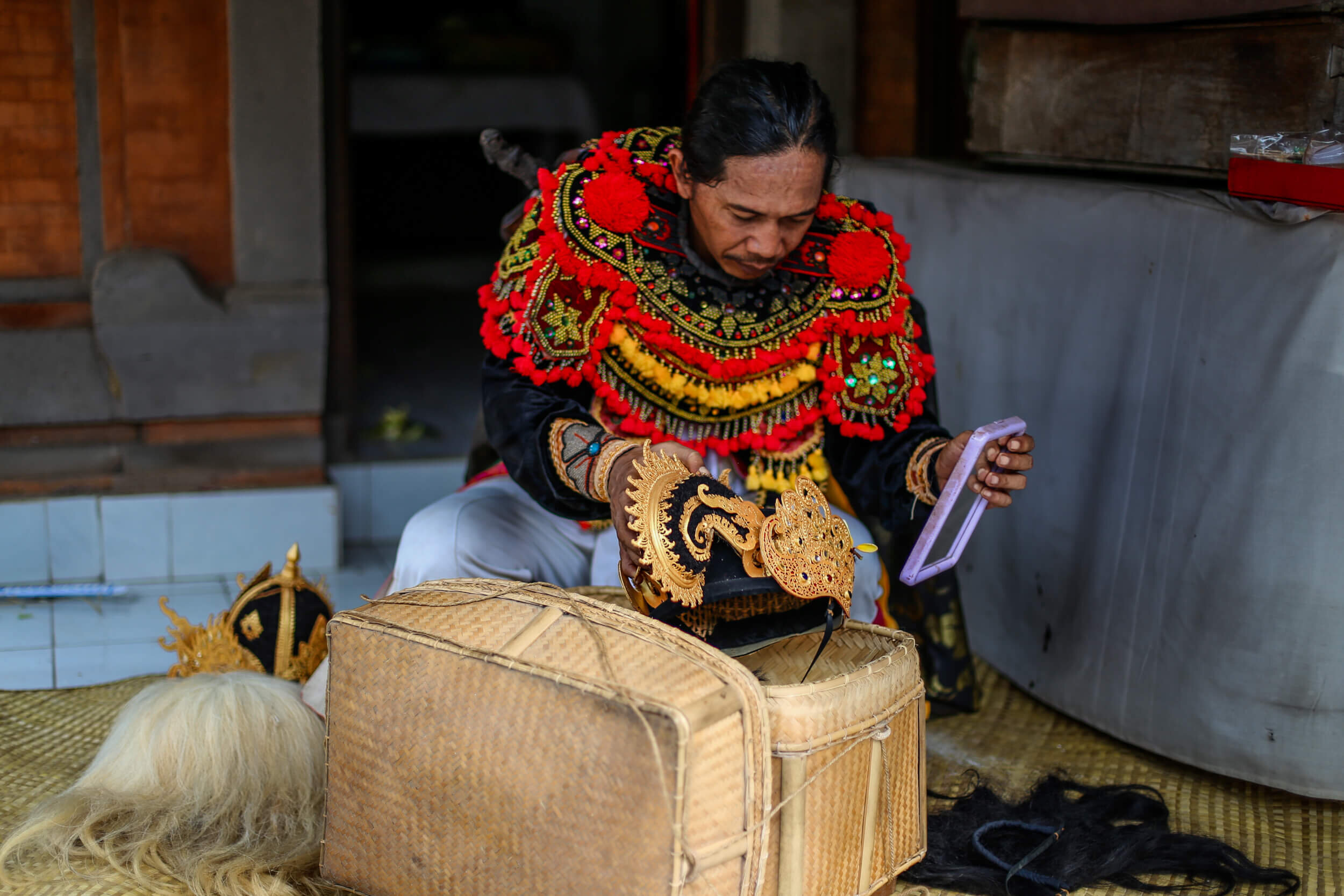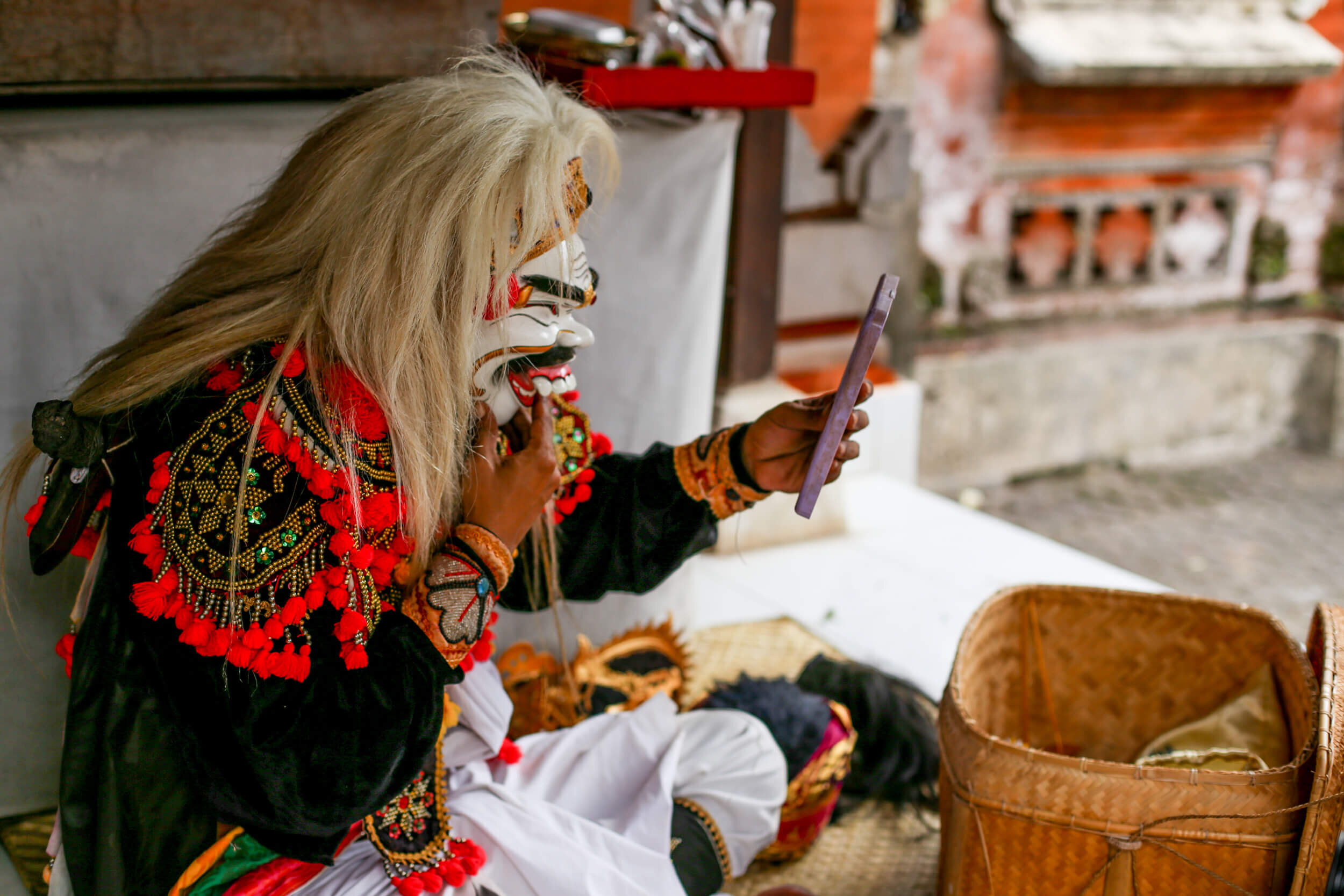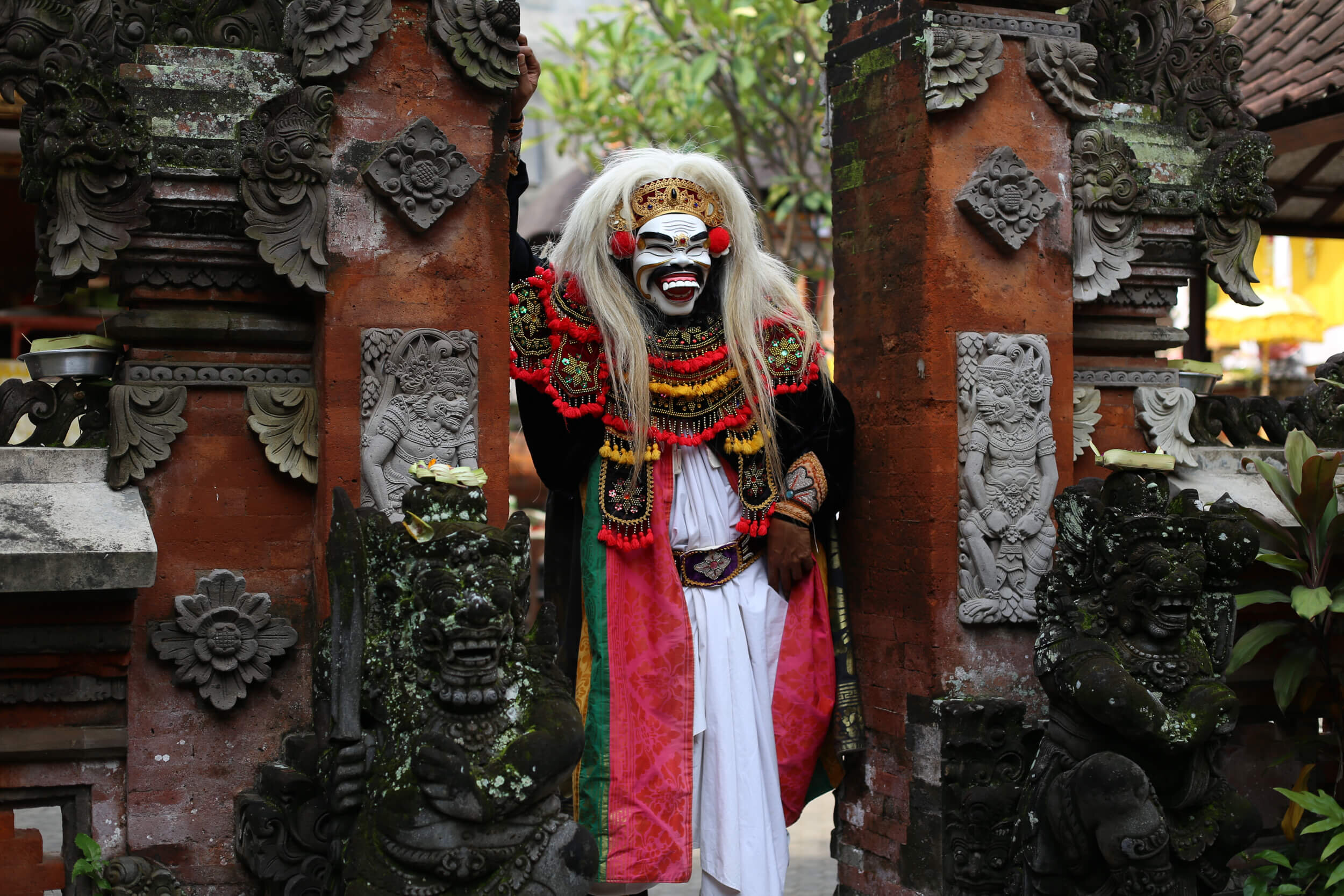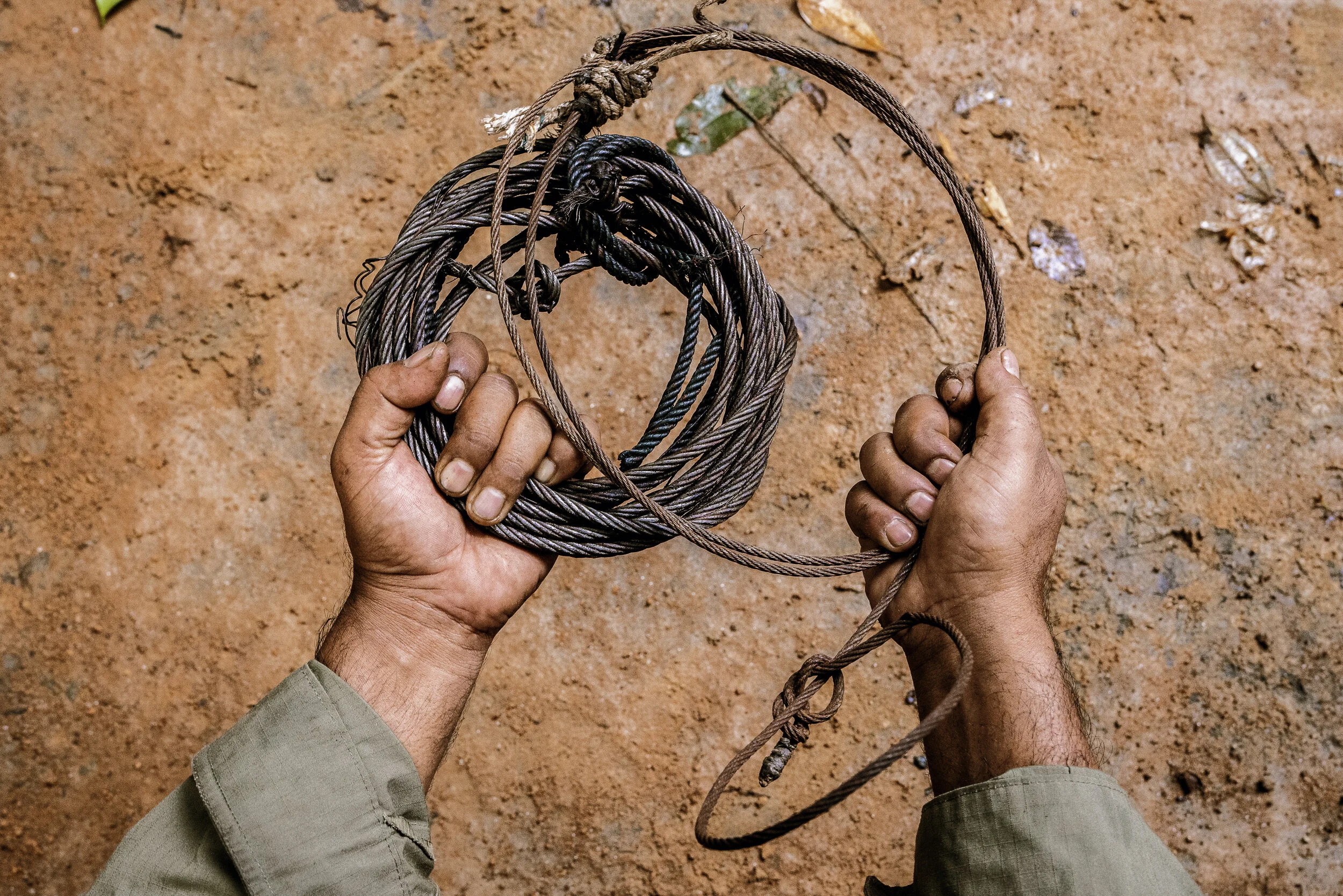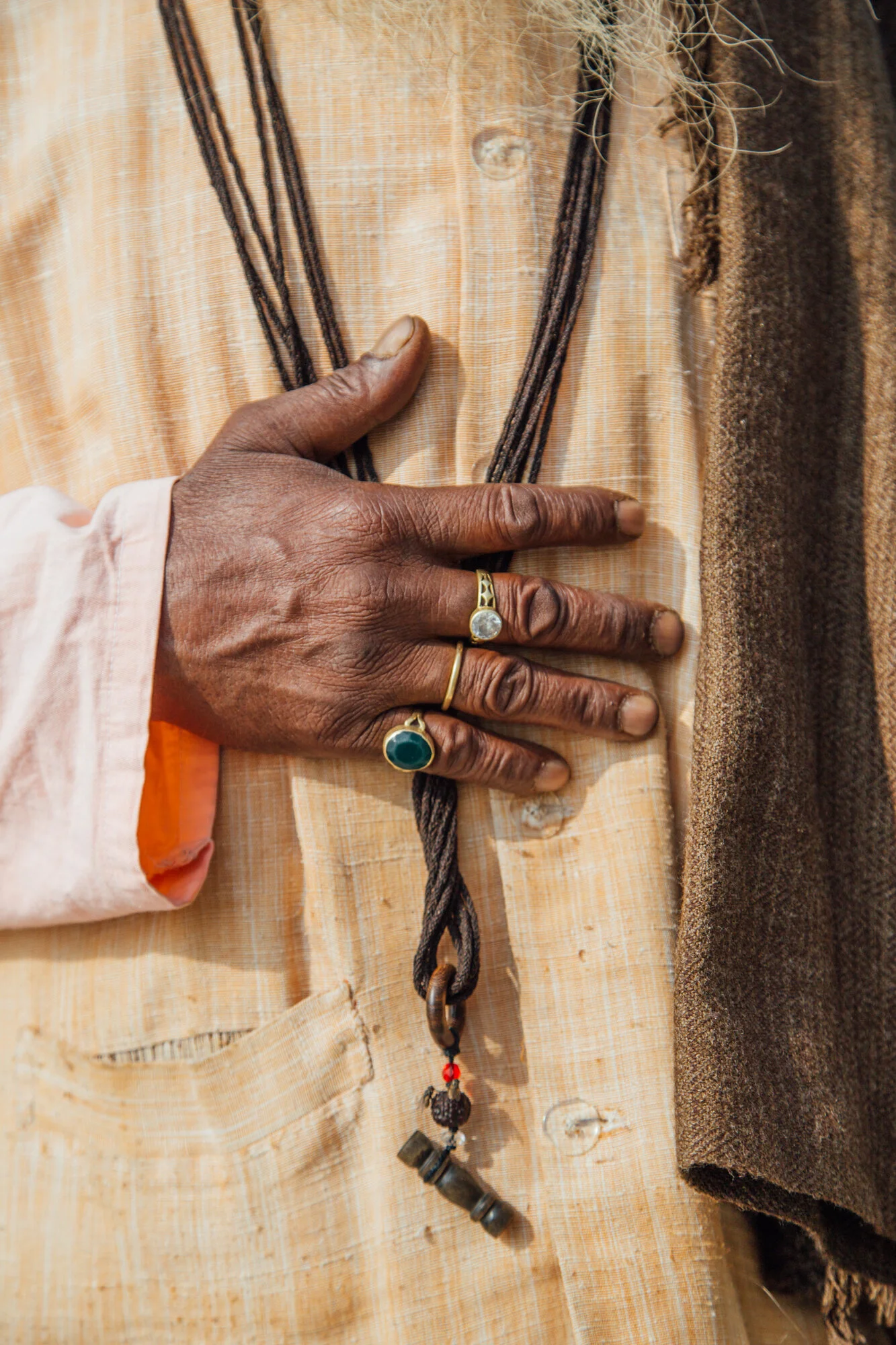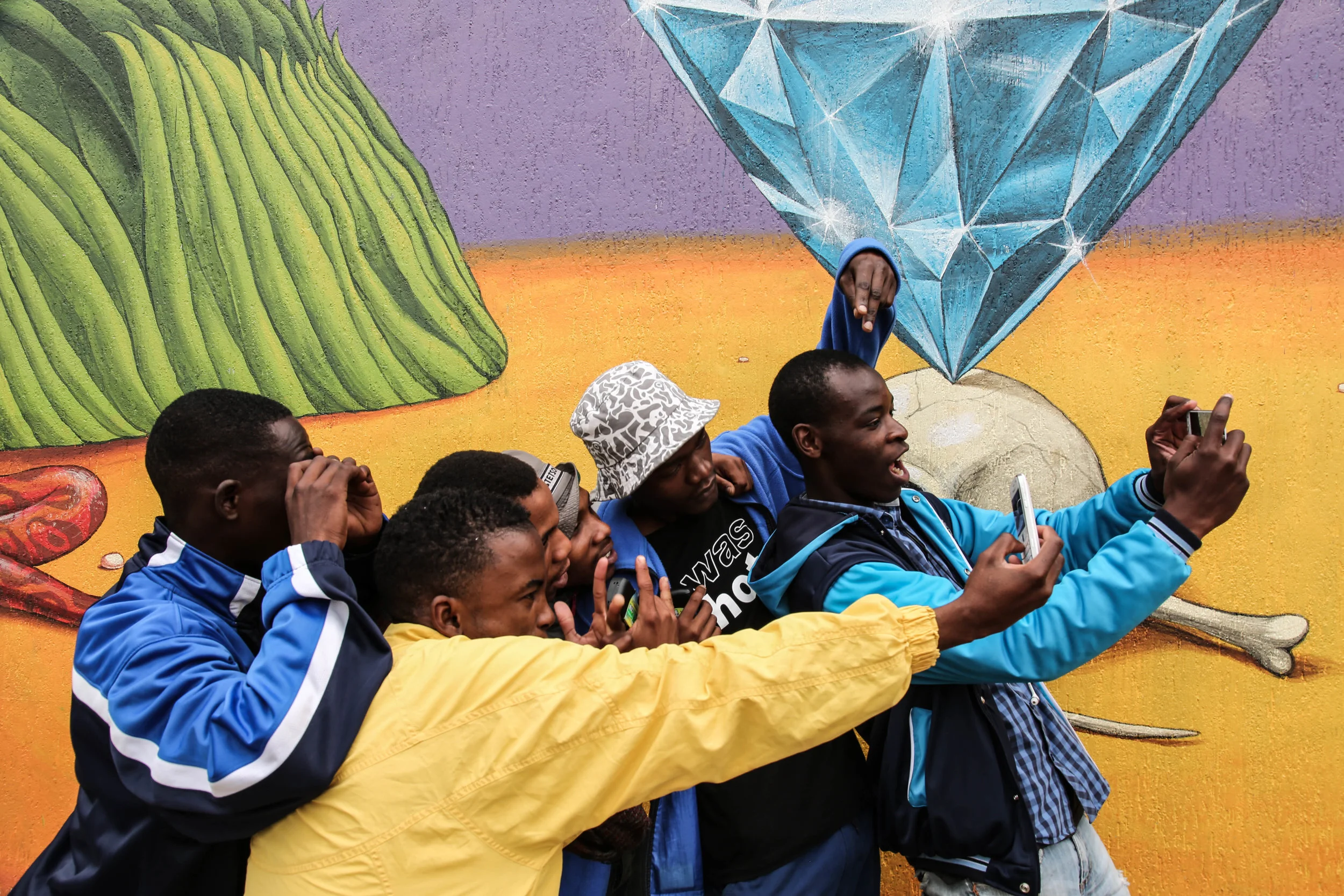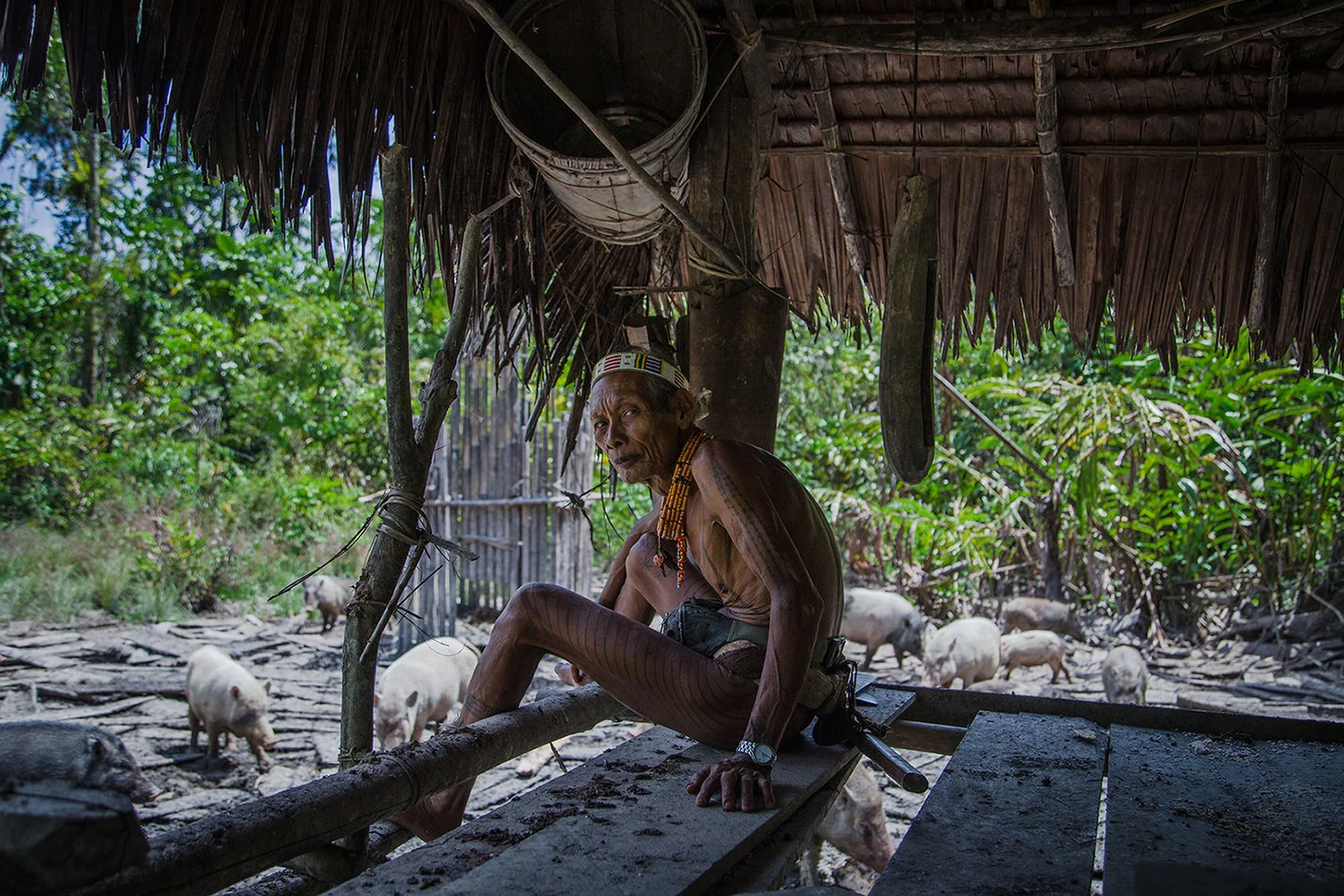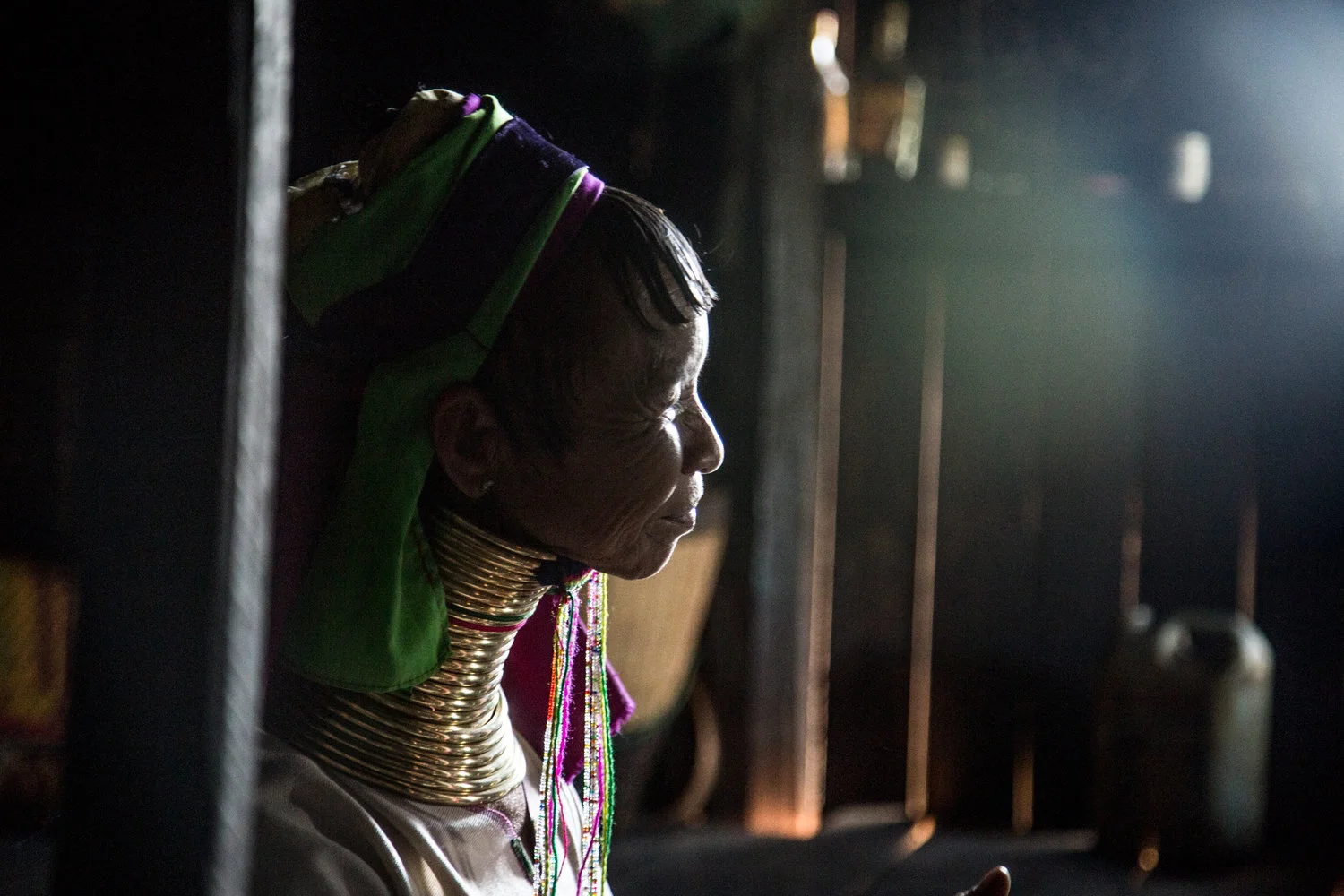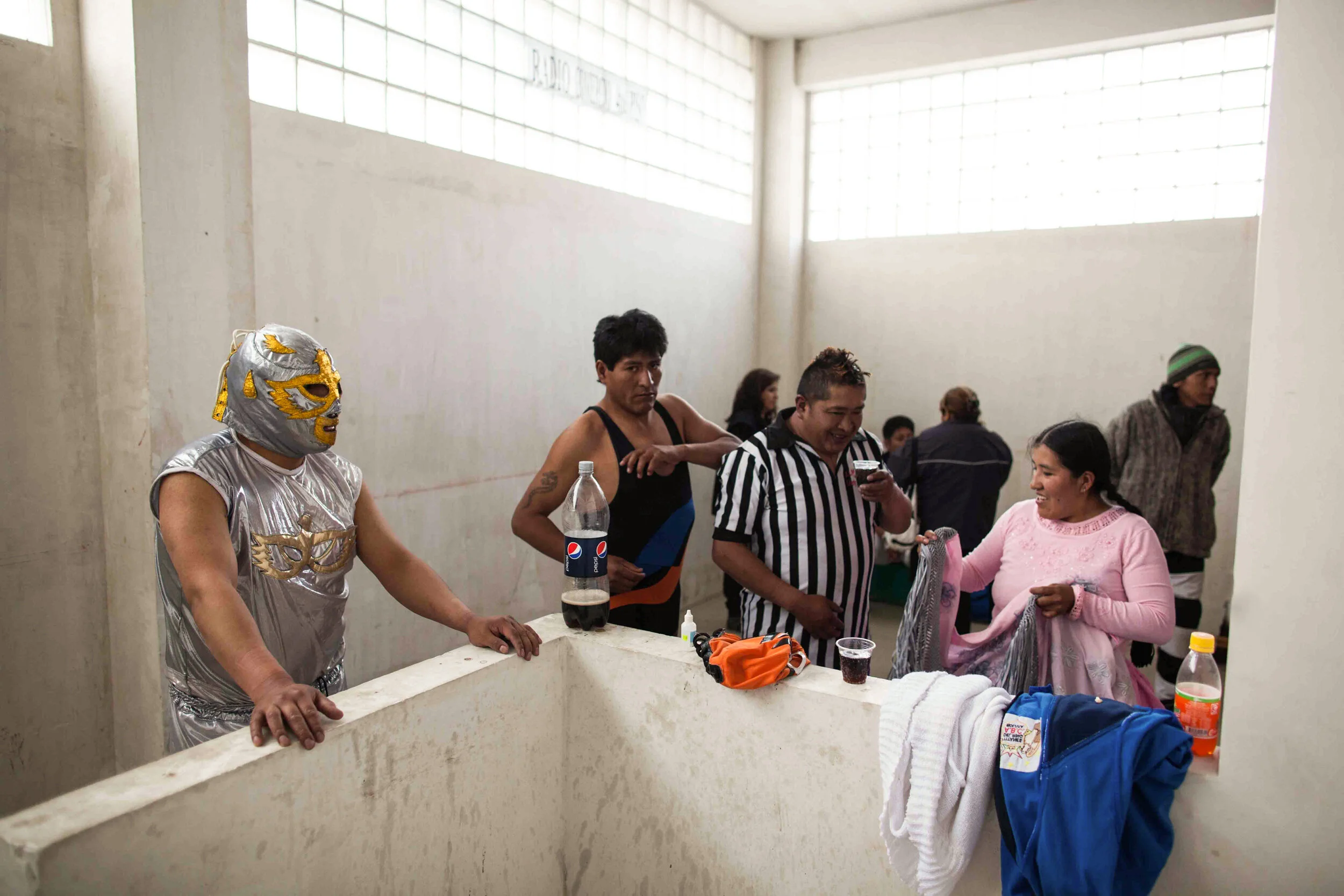THE MASKED MEN OF BALI
FEATURE Nº9
By Fraser Morton
& Eszter Papp
Masked performances have featured in Balinese life for 1,000 years and depict human, animal and mythological characters from Hindu philosophy.
Anom is a renowned dancer of the topeng pajegan, a one-man show in which he embodies multiple characters. “A mask dancer in Bali, this is like a storyteller,” he explains. “Because a long time ago in Bali, we have no TV, we have no newspapers, we have no internet.” Anom says mask dancing was their form of media to tell people about social life, about religion, about Balinese culture
Mask dancer Anom with his wife at his home in Mas, Bali.
“I have to talk with the spirits also. And chat with the spirit. The spirit who is the god of the mask,” Anom says. “I invite them to come, to help me, to guide me. I am thinking about the story, what I am supposed to say. Who I am. I am in every single character. I forget everything. My problems. Sometimes I forget my wife and my kid. I am focused on what I am doing at that time. I have to focus. Like my elders said, if you want to be a mask dancer, the least you must do is portray the character of the mask. That is what it means to be a mask dancer.”
Anom hands out offerings during his performance.
Anom preparing for a local temple show.
He continues: “Culture is the foundation of your life. It is like if you build a house, if you have strong foundations, your house will stay strong.”
Topeng dancers must have detailed knowledge of Gamelan music and be fluent in seven Indonesian languages.
Today, Anom travels the world educating people about Balinese culture. He is also teaching his son mask dancing — ensuring a fourth generation of his family heritage.
“I am worried a little bit,” he admits. “But I have hope in the young generation. Many young Balinese people go to work on cruise ships. They work for a few months, a few years. They learn another language, they learn another culture. But even when they are far away, they still remember where they come from.”
Mask performances take place at 20,000 Hindu temples in Bali. They also feature in the Kecak, a dance made popular by tourism and performed nightly at Uluwatu.
Anom, who plays many characters each night, says with pride, “I keep alive my culture.”
The Kecak fire dance at Uluwatu Temple.
